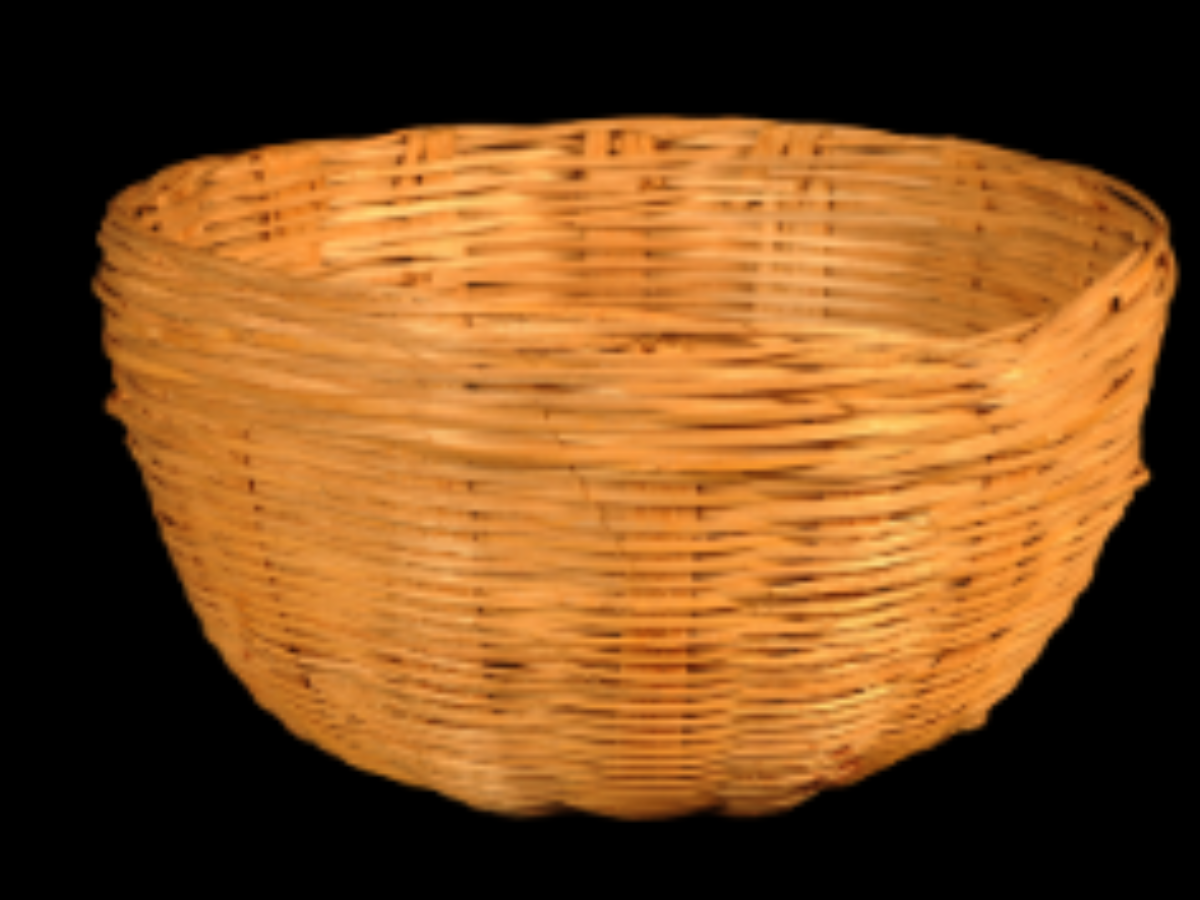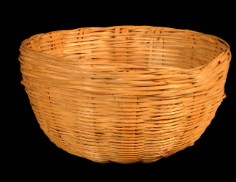State
Tribe Name
Art Type
short description
Chhau is a form of traditional dance found in tribal regions: Odisha (Mayurbhanj), Jharkhand (Seraikella), and West Bengal (Purulia), and each has its own style. In Mayurbhanj, however, Chhau took form as an expressive and exquisite art under the regal asylum. The term is said to have derived from 'Chhauni' (military camp) because of a close association it kept with martial arts.
Thumbnail

Filter Postion
Left
Filter Background
Off
Theme
Filter Header Image

content
Image

description
Chhau is a form of traditional dance found in tribal regions: Odisha (Mayurbhanj), Jharkhand (Seraikella), and West Bengal (Purulia), and each has its own style. In Mayurbhanj, however, Chhau took form as an expressive and exquisite art under the regal asylum. The term is said to have derived from 'Chhauni' (military camp) because of a close association it kept with martial arts.
Mayurbhanj Chhau is devoid of masks and is full of vigorous and dynamic expressions where performances, mostly during Chaitra Parva - when Lord Shiva is revered - allow young boys to show their skills in an active performance. The forms revolve around martial arts, folktales, and tribalism.
It has marked its deep roots in the Ho, Munda, and Santhal tribes, which have always played an important role in imbibing it. Traditional music, mythology, and sacred practices of these tribal communities contributed much both to the dance and also made it a unique cultural synthesis. Ramhari Jeet Bebarta brought the dance to Mayurbhanj during the reign of Maharaja Krishna Chandra Bhanj after seeing it in Seraikela, according to Chhau guru Dibakar Bhanj Babu in Bhanja Pradeep.
Mayurbhanj Chhau is devoid of masks and is full of vigorous and dynamic expressions where performances, mostly during Chaitra Parva - when Lord Shiva is revered - allow young boys to show their skills in an active performance. The forms revolve around martial arts, folktales, and tribalism.
It has marked its deep roots in the Ho, Munda, and Santhal tribes, which have always played an important role in imbibing it. Traditional music, mythology, and sacred practices of these tribal communities contributed much both to the dance and also made it a unique cultural synthesis. Ramhari Jeet Bebarta brought the dance to Mayurbhanj during the reign of Maharaja Krishna Chandra Bhanj after seeing it in Seraikela, according to Chhau guru Dibakar Bhanj Babu in Bhanja Pradeep.
Image Mode
landscape
promoted
On
Verified
Off
